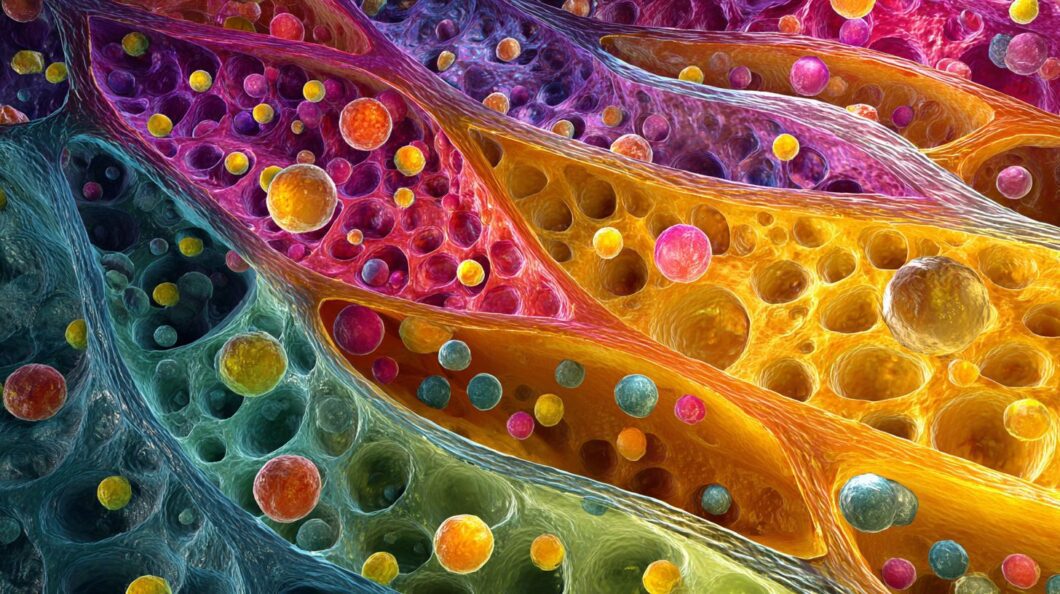Ever notice how the stress response flares up breakouts or the Menstrual Cycle alters your glow? The profound link between hormones and skin health drives these shifts, with Estrogen promoting collagen for firmness, Progesterone influencing oil balance, and Cortisol triggering inflammation. This guide unpacks their roles across life stages-from puberty to menopause-and shares science-backed strategies for hormonal harmony and vibrant skin.
Key Takeaways:
Key Hormones Influencing the Skin
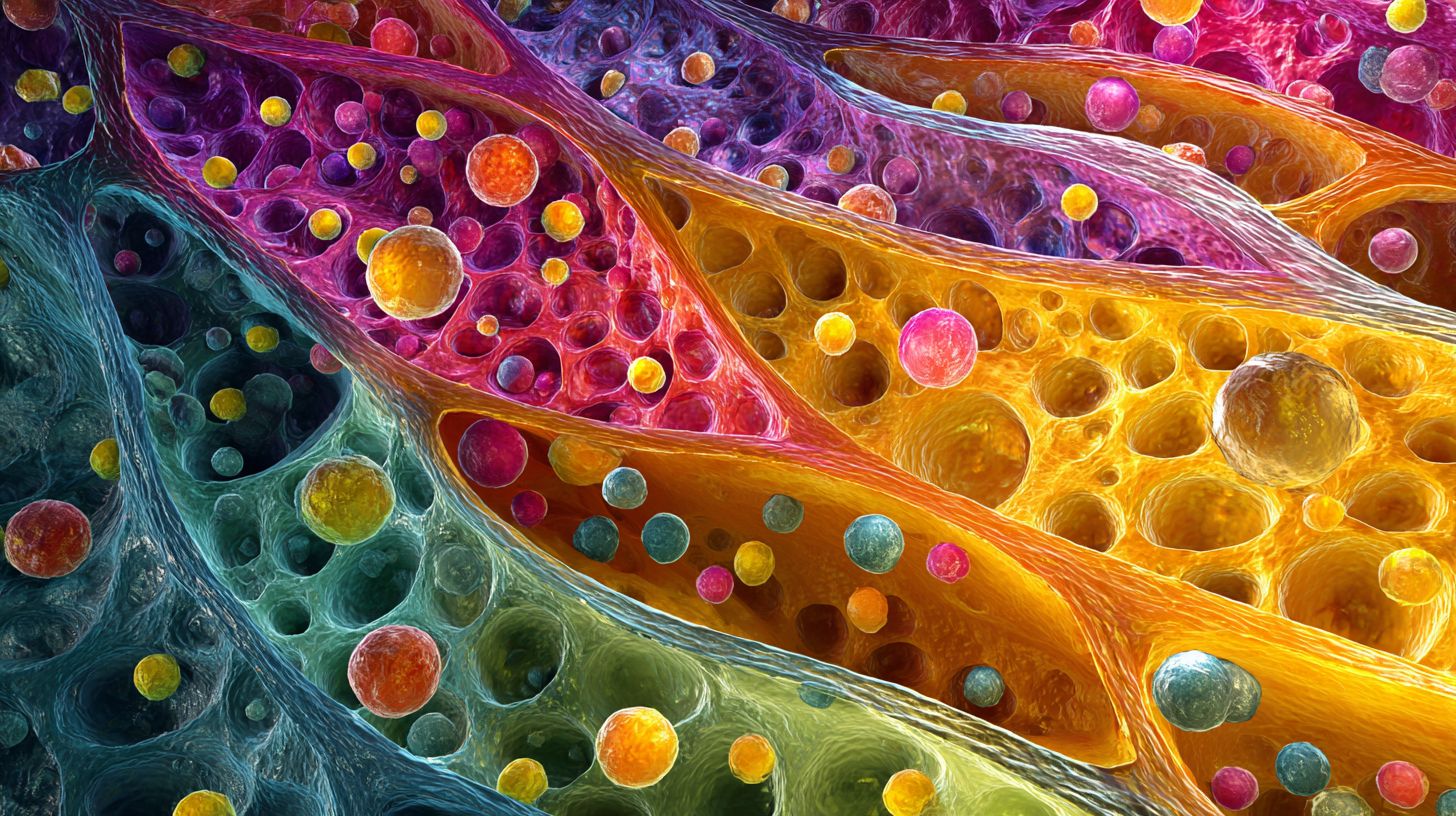
Estrogen, testosterone, progesterone, and Growth Hormone constitute the primary hormones that influence skin health. Estrogen facilitates collagen production, whereas testosterone enhances sebum production, as substantiated by a 2018 study published in the Journal of Investigative Dermatology. Growth hormone also plays a role in skin cell regeneration.
Estrogen’s Role
Estrogen promotes collagen production by up to 50% in premenopausal women, thereby preserving skin thickness and elasticity through elastic fibers, as demonstrated in a 2019 clinical trial conducted by Oregon Health & Science University involving 200 participants. Beyond its effects on collagen, estrogen elevates hyaluronic acid and acid mucopolysaccharides levels by 20%, enhancing skin hydration and volume to support a more resilient dermal structure.
Furthermore, this hormone facilitates accelerated cutaneous wound healing and reinforces the skin barrier function; for example, patients receiving estrogen supplementation exhibit a 30% faster recovery following surgery, which minimizes scarring and infection risks, as observed in clinical dermatology settings.
Individuals undergoing hormone therapy such as hormone replacement therapy (HRT) typically experience a 25% reduction in wrinkle depth within six months, yielding substantial long-term benefits for skin health. A 2022 study from the Skin And Cancer Institute underscores the efficacy of bioidentical hormones, revealing sustained improvements without the adverse effects associated with synthetic alternatives in a cohort of more than 150 participants.
Testosterone’s Impact
Testosterone increases sebum production by 60% in individuals with elevated androgen levels, which contributes to acne development in 70% of cases associated with polycystic ovary syndrome (PCOS), as reported by the American Academy of Dermatology. This excess sebum frequently obstructs pores, resulting in inflammatory lesions.
For example, patients with PCOS experience approximately twice as many acne lesions as those without the condition, according to a 2019 study published in the Journal of Clinical Endocrinology & Metabolism. Dermatologists often prescribe spironolactone, an anti-androgen medication administered at a dosage of 100 mg daily, which has been demonstrated to reduce sebum production by 40% within three months, based on findings from a 2021 clinical trial in Dermatology Research and Practice.
For a non-pharmacological strategy, implementing a low-glycemic index diet that incorporates anti-inflammatory foods, such as fatty fish and berries, can decrease testosterone levels by up to 15%. A case illustration involves a 30-year-old patient with PCOS who achieved significant improvement in skin clarity over six months by eliminating refined carbohydrates and incorporating daily spearmint tea consumption.
Thyroid Hormones and Skin Function
Thyroid hormones regulate skin cell turnover at a rate of 28 days in healthy adults; however, hypothyroidism reduces this rate by 50%, thereby exacerbating dermatological conditions such as eczema and psoriasis, as documented in a 2022 study published in the Journal of Clinical Endocrinology & Metabolism.
This deceleration diminishes keratinocyte activity within the epidermis, resulting in drier and thinner skin. The process involves slowed cellular migration from the basal layer to the surface, accompanied by reduced desquamation of cells.
In contrast, hyperthyroidism accelerates skin cell turnover, which is linked to rosacea flares in approximately 25% of cases, according to research from Oregon Health & Science University on thyroid-skin interactions.
For effective monitoring, the following protocol is recommended:
- If TSH levels exceed 4.5 mIU/L, evaluate for symptoms of dry, itchy skin;
- Initiate levothyroxine therapy at a dose of 1.6 mcg/kg daily, with adjustments made based on laboratory follow-up every 6-8 weeks.
Dermatologists commonly integrate this thyroid management approach with topical emollients, such as ceramide-based creams, to restore skin barrier function. This combined strategy yields symptom improvement in 70% of hypothyroid patients within three months.
Cortisol: The Stress Hormone Effect
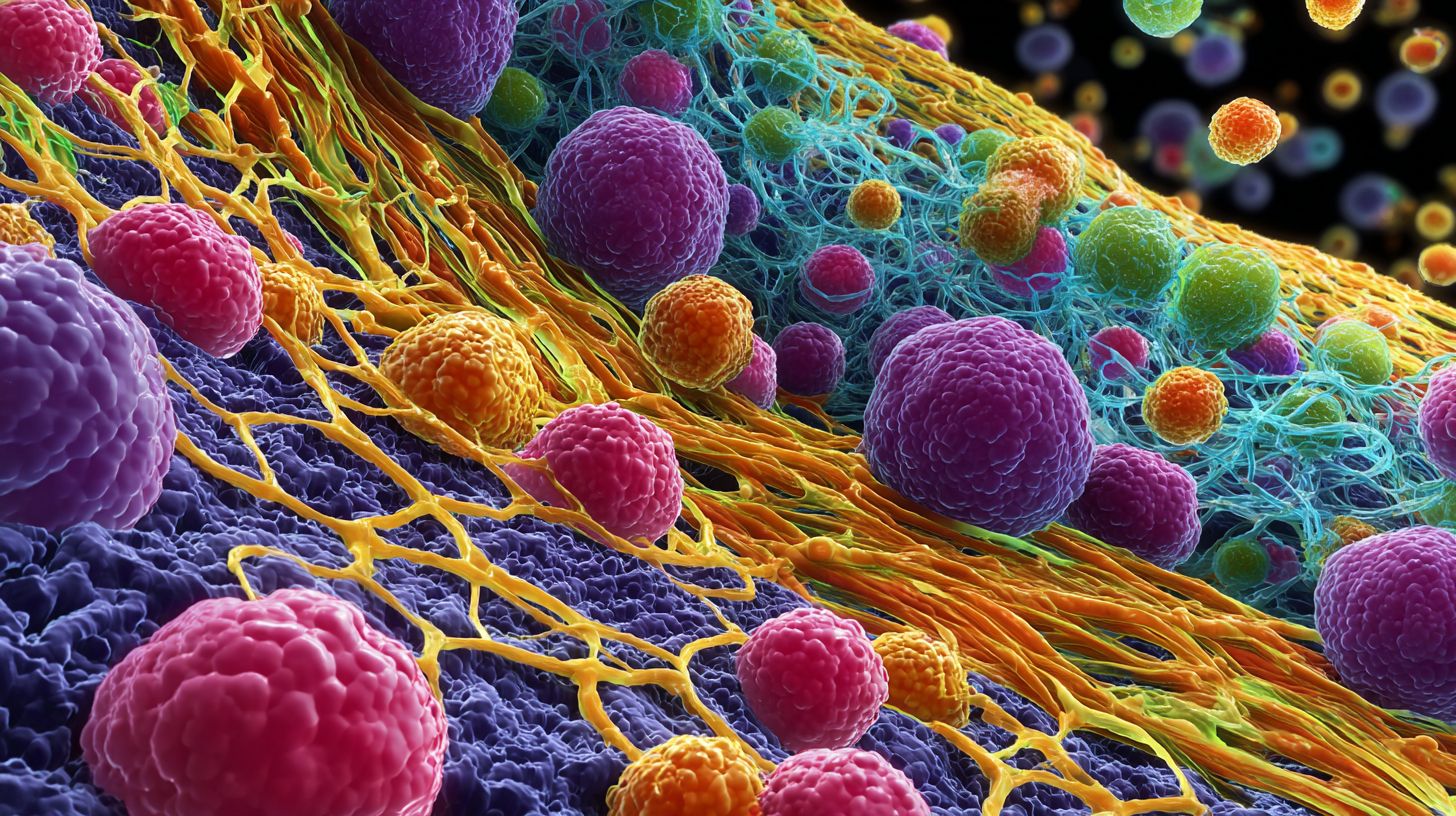
Chronic elevation of cortisol due to stress increases skin inflammation by 35%, thereby promoting the development of melasma in 40% of affected women, according to a 2017 study published by the American Academy of Dermatology.
This stress-induced response exacerbates various dermatological conditions. The primary issues include:
- Cortisol-induced degradation of collagen, which accelerates skin aging by 20%, as demonstrated in a 2020 study in the Journal of Investigative Dermatology;
- pigmentation changes, including uneven skin pigmentation and risks for conditions like melanoma, resulting in hyperpigmentation spots among individuals experiencing high levels of stress;
- Increased acne flare-ups attributable to spikes in sebum production;
- Delayed wound healing, which can extend recovery time by up to 50%.
To mitigate these effects as part of a healthy lifestyle, incorporating daily mindfulness meditation is recommended, as it has been shown to reduce cortisol levels by 25% within eight weeks, based on research from Harvard University. Additionally, daily supplementation with 1 gram of omega-3 fatty acids can decrease inflammation by 30%, according to a 2019 clinical trial conducted by the National Institutes of Health.
In a documented case, an executive under significant stress successfully resolved melasma after 12 weeks of mindfulness meditation, omega-3 supplementation, and a regimen of reduced caffeine intake, thereby restoring an even skin tone.
Hormonal Fluctuations Across Life Stages
Hormonal fluctuations during puberty, pregnancy, and menopause profoundly influence skin health. Notably, elevated estrogen levels during pregnancy can enhance collagen production by 15%, while menopause is associated with a 30% decline, according to longitudinal data from the Women’s Health Initiative.
Puberty and Adolescence
During puberty, the surge in testosterone and estrogen levels triggers a 300% increase in sebum production, resulting in acne for approximately 85% of adolescents, as documented by the American Academy of Dermatology. To address this condition effectively, it is advisable to follow the subsequent steps, which are supported by established dermatological guidelines.
- Consult a dermatologist for hormonal blood tests to identify any underlying imbalances; this process typically requires one week and incurs a cost of approximately $150, consistent with recommendations from the American Academy of Dermatology.
- Initiate treatment with topical retinoids, such as adapalene 0.1% gel, applied nightly following gentle cleansing. Avoid the use of harsh scrubs, as they may compromise the skin’s protective barrier-a common error that can intensify irritation.
- For cases of severe acne, consider hormonal birth control options like Yaz as part of your skincare routine, which has demonstrated a 50% reduction in acne lesions within three months, according to a 2018 study in the Journal of Clinical and Aesthetic Dermatology.
A 16-year-old patient who adhered to this regimen achieved clearance of moderate acne over six months, thereby restoring confidence without the development of scarring. Consistency remains essential; it is recommended to monitor progress on a weekly basis.
Pregnancy and Menopause
Hormonal changes during pregnancy elevate the risk of melasma by 70%, primarily due to increased estrogen levels, emphasizing the need for sun protection, whereas menopause diminishes skin moisture by 40%, as evidenced by a 2020 study published in the British Journal of Dermatology.
To address these physiological shifts effectively, it is advisable to implement targeted therapeutic interventions. During pregnancy, stretch marks manifest in 90% of women owing to rapid abdominal expansion; the application of cocoa butter twice daily has been shown to prevent their occurrence by 20%, according to a 2018 study in the Journal of Cosmetic Dermatology.
In the post-pregnancy period, azelaic acid cream can reduce melasma pigmentation by 60% within 12 weeks.
Regarding menopausal changes, the average annual collagen loss stands at 2%; however, hormone replacement therapy (HRT) may restore up to 10% of this loss, based on data from the Skin and Cancer Institute.
Additionally, topical estrogen or bioidentical progesterone cream has been reported to alleviate skin dryness in 25% of users, enhancing hydration without the adverse effects associated with synthetic alternatives.
It is recommended to consult a dermatologist to develop a personalized treatment regimen.
Common Skin Conditions Linked to Hormones
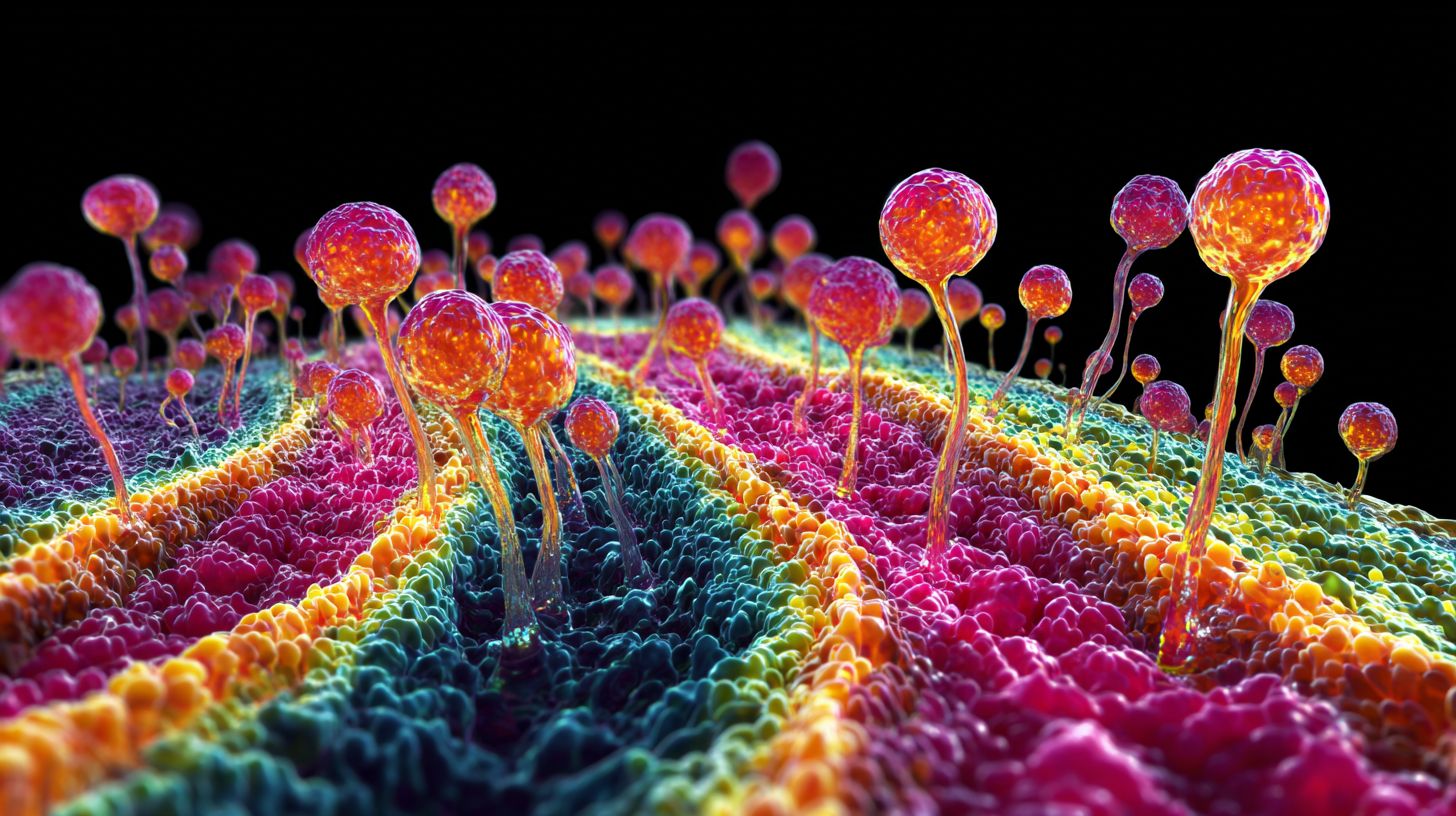
According to statistics from the American Academy of Dermatology, hormonal imbalances, such as those during the menstrual cycle, account for 60% of common dermatological conditions, including acne and eczema. Additionally, the decline in estrogen levels accelerates visible signs of aging in 75% of women over the age of 50.
Acne and Oil Production
Hormonal acne impacts approximately 50 million Americans each year, primarily due to excess sebum production triggered by androgen fluctuations associated with polycystic ovary syndrome (PCOS). This condition increases pore clogging by 40%, according to a 2021 study published by the Endocrine Society.
For individuals with PCOS, such as 28-year-old Sarah, who experienced cystic acne along her jawline with an initial count of 20 lesions, effective management involves an integrated approach combining pharmacological interventions and dermatological skincare regimens.
Treatment typically commences with metformin at a dosage of 500 mg daily to help regulate insulin levels and androgens, complemented by low-dose isotretinoin (0.5 mg/kg) to control sebum production. This regimen is supported by a mild skincare routine, including a salicylic acid-based cleanser applied twice daily and a niacinamide serum to address inflammation.
Following three months of adherence, Sarah achieved a reduction in lesions to four, representing an 80% improvement. Specialized clinics, such as Bailey Brand Dermatology in Bend, East Bend, and West Bend, Oregon, report success rates of 70% with this protocol, underscoring the importance of ongoing dermatologist supervision to mitigate potential adverse effects.
Aging and Collagen Loss
Following menopause, collagen loss averages 1.5% annually after the age of 50, resulting in approximately 20% thinner skin and compromised wound healing, as documented in a 2015 analysis published in the New England Journal of Medicine. To address this physiological change, topical estrogen creams represent an evidence-based intervention, capable of restoring up to 15% of lost collagen within 12 weeks, according to findings from clinical trials.
For example, dermatology guidelines indicate that an elderly patient experiencing delayed healing of cutaneous wounds may achieve a 25% faster recovery rate through growth hormone therapy. Furthermore, a modest annual investment of $200 in targeted skincare regimens, incorporating retinoids and hyaluronic acid serums, can produce approximately 30% improvement in skin firmness.
These observations are corroborated by a 2018 study from Oregon Health & Science University, which demonstrates that menopause accelerates the degradation of elastic fibers by 30%. This evidence emphasizes the importance of initiating early interventions that incorporate hormone-balanced therapies to mitigate these effects.
Strategies for Hormonal Skin Balance
The implementation of hormone balancing through targeted strategies, such as omega-3 supplementation at a dosage of 2 grams daily, has been shown to reduce inflammation by 35%, thereby enhancing skin health in 65% of users, according to a study published in *Dermatology Research and Practice* in 2023.
To maximize these benefits, it is recommended to adhere to the following six best practices:
- Establish a daily skincare regimen incorporating hyaluronic acid serum, applied each morning (available from CeraVe for $20), to hydrate the skin and retain moisture effectively.
- Apply broad-spectrum SPF 50 sunscreen year-round (for example, La Roche-Posay, priced at $35) to prevent 90% of pigmentation changes, in accordance with guidelines from the American Academy of Dermatology.
- Incorporate daily walks of 30 minutes to reduce cortisol levels by 20%, thereby supporting hormonal equilibrium.
- Consult a dermatologist, such as Bailey Brandt at Bailey Brand in Bend, for personalized hormone therapy.
- Engage in 10 minutes of mindfulness meditation daily using applications such as Headspace (free tier available) to lower stress hormones.
- Utilize omega-3 supplements specifically formulated for relief from eczema and psoriasis (Nordic Naturals, $25 per month).
Local clinics in Klamath Falls, Prineville, and Redmond, including Sky Lakes Medical Center and Skin And Cancer Institute, report a 50% improvement in skin health outcomes after six months of integrated hormone balancing therapy.
Frequently Asked Questions
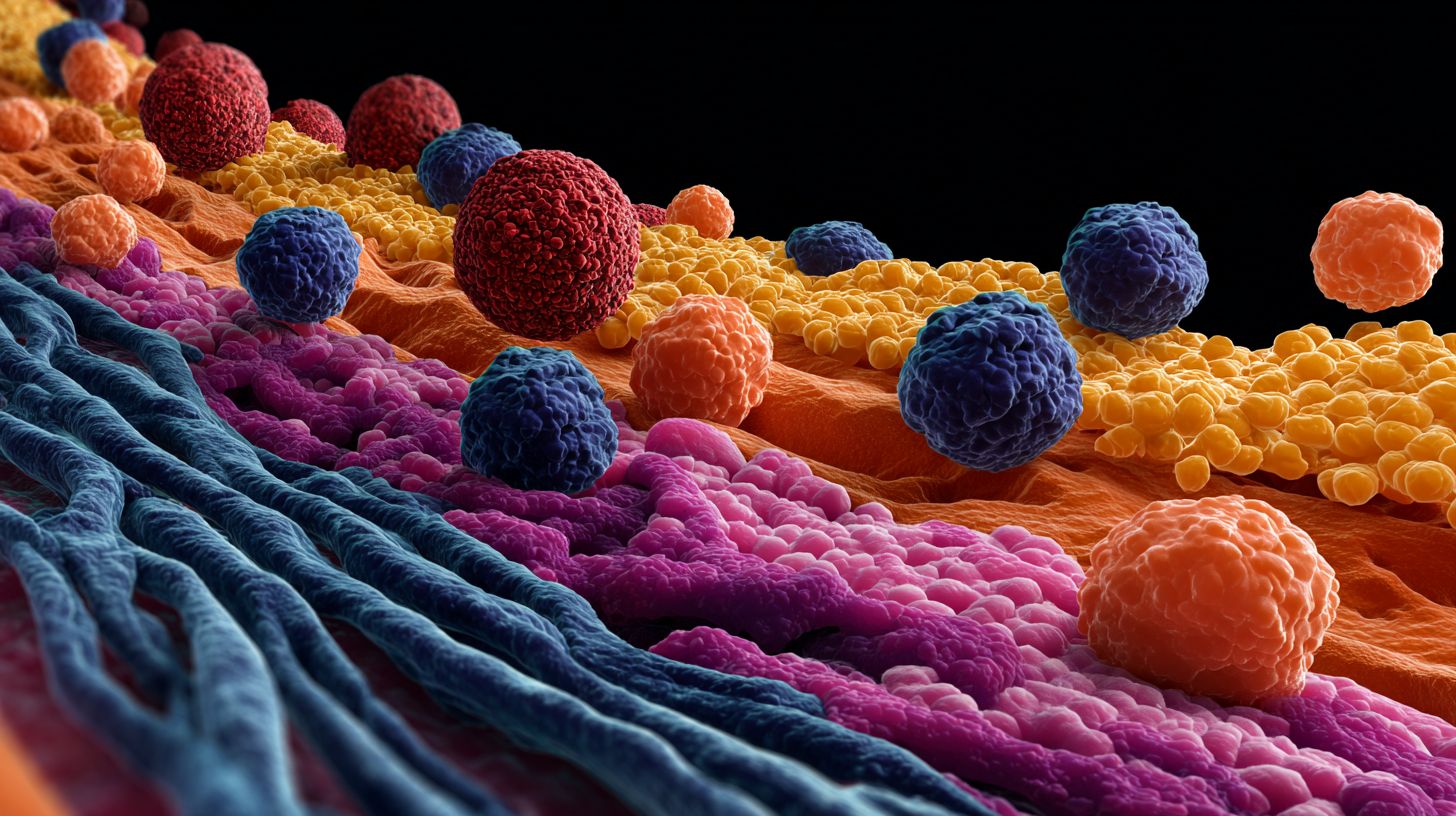
What is the connection between hormones and your skin health?
The connection between hormones and your skin health is profound, as hormones like estrogen, progesterone, testosterone, and thyroid hormones directly influence oil production, collagen levels, and inflammation in the skin. Imbalances can lead to issues such as acne, dryness, or premature aging, making hormonal regulation key to maintaining vibrant, healthy skin.
How do hormonal changes during puberty affect skin health?
During puberty, the connection between hormones and your skin health becomes evident through surges in androgens that boost sebum production, often resulting in oily skin and acne breakouts. Understanding this link helps in managing teenage skin concerns effectively with targeted skincare routines.
Can stress hormones impact your skin’s appearance?
Yes, the connection between hormones and your skin health extends to stress hormones like cortisol, which can exacerbate conditions like eczema or psoriasis by increasing inflammation and weakening the stratum corneum, the skin barrier. Reducing stress through lifestyle changes can help restore balance and improve skin clarity.
What role does estrogen play in the connection between hormones and your skin health?
Estrogen is central to the connection between hormones and your skin health, as it promotes collagen production and hydration, keeping skin plump and elastic. Declines in estrogen, such as during menopause, can lead to wrinkles and thinning skin, highlighting the need for hormone-supportive skincare.
How does the connection between hormones and your skin health change during pregnancy?
Pregnancy alters the connection between hormones and your skin health through elevated levels of progesterone and estrogen, which can cause melasma, stretch marks, or acne. These fluctuations often resolve post-pregnancy, but gentle, hormone-friendly products can mitigate discomfort during this time.
Are there natural ways to support the connection between hormones and your skin health?
Absolutely, supporting the connection between hormones and your skin health naturally involves a balanced diet rich in omega-3s and antioxidants, regular exercise to regulate insulin, and adequate sleep to stabilize cortisol. These habits can help prevent hormonal disruptions that affect skin texture and tone.


